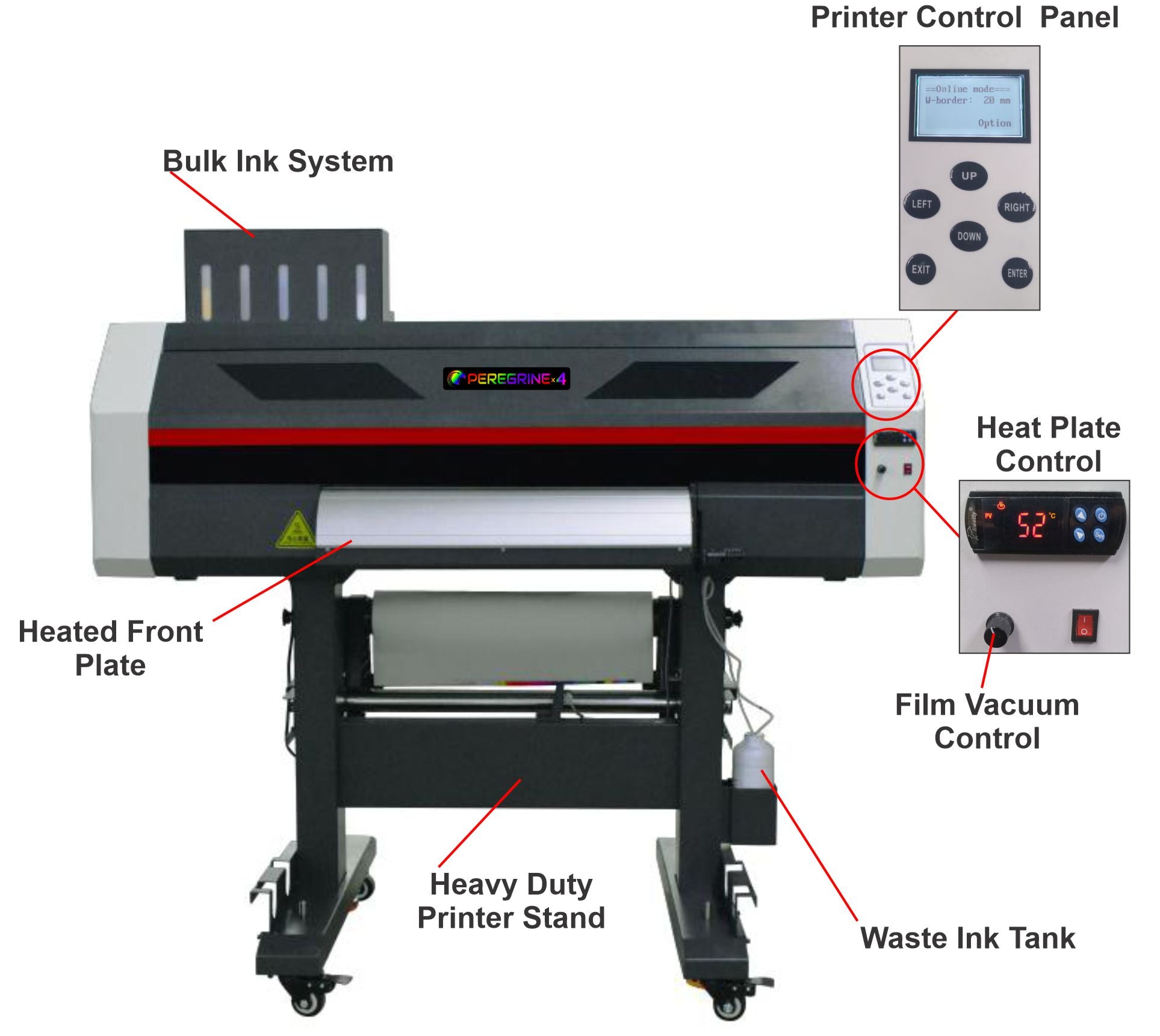DTF Printing Demystified: Everything You Required to Understand About Direct-to-Film
DTF Printing Demystified: Everything You Required to Understand About Direct-to-Film
Blog Article
The Future of Style: Exploring DTF Printing Technology in the Textile Market
Amongst these developments, Straight to Movie (DTF) printing modern technology has emerged as a promising competitor, providing unique capabilities and chances for developers and producers alike. This advanced printing method has actually stimulated passion due to its possible to transform typical fabric printing procedures.
Advancement of Textile Printing
From the old civilizations utilizing methods like block printing to the electronic revolution of today, textile printing has actually continuously pushed borders. As the craft spread to other components of the world, brand-new methods such as screen printing and roller printing arised throughout the Industrial Revolution, reinventing the textile market.
The introduction of digital fabric printing in the late 20th century noted a substantial change in the direction of even more flexible and lasting printing methods. The evolution of fabric printing showcases an abundant background of creative thinking, ingenuity, and technical progress in the globe of fashion and style.
Advantages of DTF Technology
With the evolution of textile printing techniques from ancient approaches like block printing to modern innovations such as electronic printing, the intro of Direct-to-Fabric (DTF) technology has actually considerably enhanced the performance and sustainability of textile printing processes. One of the key advantages of DTF technology is its capacity to directly publish designs onto textile without the requirement for transfer documents, which decreases waste and streamlines the production process. Furthermore, DTF printing permits for higher color vibrancy and information precision compared to typical techniques, allowing textile makers to develop top quality and intricate designs effortlessly.
Additionally, DTF modern technology is understood for its versatility, as it can be utilized on different sorts of textiles, consisting of all-natural fibers like silk, cotton, and woollen, as well as artificial materials such as polyester and nylon (DTF Printing). This versatility opens a variety of opportunities for suppliers and designers to try out different textures and products, resulting in more special and cutting-edge products in the garment industry. In general, the execution of DTF modern technology represents a considerable innovation in textile printing, providing many benefits that add to the future sustainability and creative thinking of the market
Sustainability in Fashion Manufacturing
Stressing environment-friendly techniques is extremely important in modern fashion manufacturing, lining up with the growing consumer need for lasting items. Over the last few years, the apparel industry has actually encountered increasing examination as a result of its substantial environmental effect, consisting of excessive water usage, chemical air pollution, and textile waste. As a response, many style brands are currently integrating lasting practices right into their manufacturing processes to lessen injury to the atmosphere.
Sustainability in fashion manufacturing includes different elements, such as utilizing natural and recycled products, decreasing power usage, executing moral labor techniques, and advertising openness throughout the supply chain. In addition, improvements in modern technology, like DTF printing, offer opportunities to even more boost sustainability in textile production. This technology allows accurate printing on fabrics, minimizing ink wastage and water use compared to standard printing methods.
Layout Liberty and Modification

Furthermore, DTF printing assists in modification on a range previously unattainable, permitting personalized clothing and special pieces tailored to specific choices. Customers can currently actively participate in the design process, developing garments that show their design and character. This customization not just improves the consumer experience yet also promotes a feeling of exclusivity and individuality in a market filled with mass-produced apparel. Generally, DTF printing technology changes the layout landscape in the textile industry, using unlimited possibilities for creative expression and tailored fashion.
Effect On Supply Chain & Market Trends
DTF printing modern technology you could look here in the fabric market is improving supply chain characteristics and influencing market patterns through its performance and modification capacities. By enabling on-demand printing and getting rid of the requirement for huge stocks, DTF modern technology streamlines the supply chain process.
Furthermore, the personalization possibility of DTF printing technology is changing the market trends in the textile market. Consumers significantly seek special and customized items, and DTF allows brands to use bespoke designs cost-effectively. This customization capacity not only improves consumer contentment however additionally opens up brand-new chances for organizations to cater to particular niche markets and differentiate themselves from rivals. Therefore, DTF modern technology is driving a change towards even more innovative and customer-centric approaches within the textile industry, shaping the future of fashion.

Conclusion
In final thought, DTF printing innovation is changing the textile market their explanation by offering various benefits such as layout sustainability, customization, and freedom. This innovative modern technology is improving the future of style manufacturing, impacting supply chains, and driving market fads in the direction of extra environmentally friendly and effective techniques. As the market remains to progress, DTF printing will certainly play an essential duty fit the means textiles are created and eaten in the years to come.
From the ancient human beings using strategies like block printing to the electronic transformation of today, fabric printing has actually consistently pressed borders. As the craft spread to various other components of the world, new methods such as display printing and roller printing emerged during the Industrial Change, reinventing the textile industry.
The intro of electronic textile printing in the late 20th century marked a significant change towards more functional and sustainable printing methods.With the development of textile printing strategies from ancient techniques like block printing official source to contemporary developments such as electronic printing, the introduction of Direct-to-Fabric (DTF) technology has actually dramatically enhanced the performance and sustainability of fabric printing processes (DTF Printing).In feedback to the critical change towards sustainability in fashion manufacturing, the fostering of ingenious innovations like DTF printing not just addresses environmental worries yet likewise opens up methods for unmatched design flexibility and customization in the textile market
Report this page